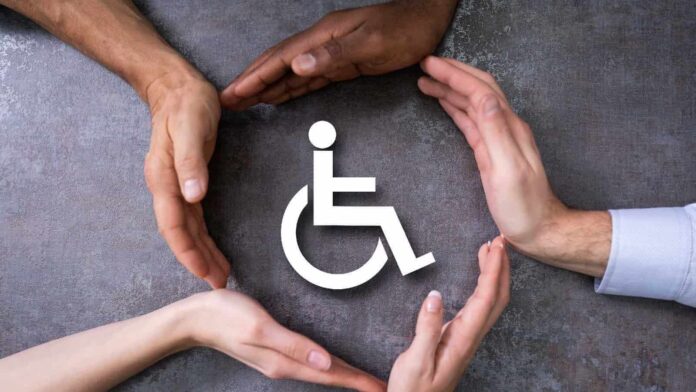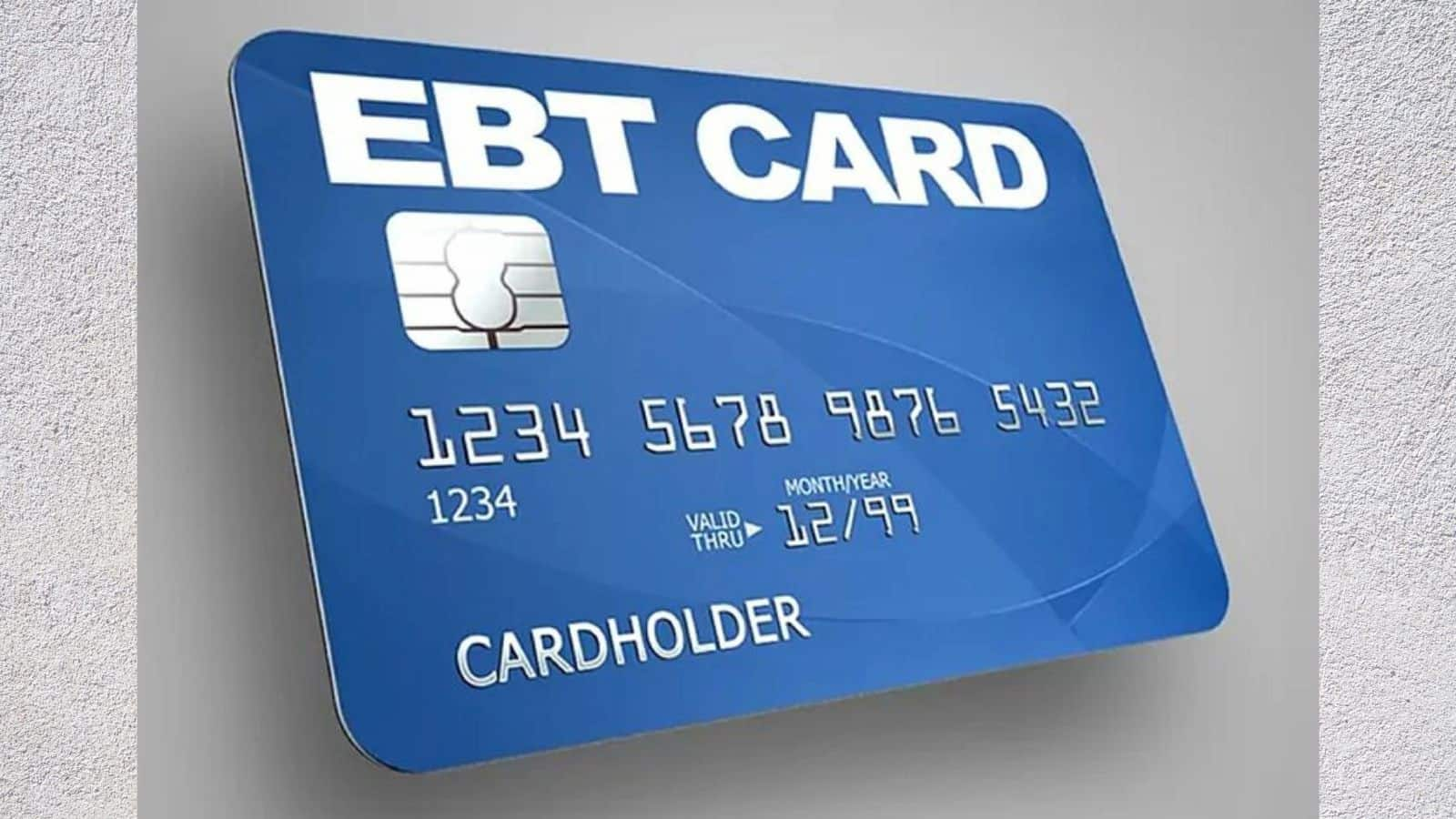SSDI Benefits Cut: Most people think that once they start getting Social Security Disability Insurance (SSDI) benefits, their money is completely safe from creditors. In many cases, that is true. But there are some important situations where the government or courts can take money from those payments.
This can surprise many people when they see smaller checks than they expected. The Social Security Administration (SSA) clearly says, “Social Security is required to withhold money from benefits when the court sends us a garnishment court order.”
Social Security Announces Big Changes for Retirees in May 2025: What It Means for You
This means if a court tells them to take out money, they have to do it. Also, if there are any changes to the court order, the SSA will only update their actions when they get the new order straight from the court. They do not go back and fix old payments.
.@PressSec announces that @POTUS will be signing an order today aimed at stopping illegal immigrants from obtaining benefits under the Social Security Act and expanding fraud investigations pic.twitter.com/Eg2JyO8ttn
— Rapid Response 47 (@RapidResponse47) April 15, 2025
SSDI Benefits Cut: How and When SSDI Money Can Be Taken
Federal laws explain when and why SSDI payments can be garnished. Section 459 of the Social Security Act says that Social Security can take money from benefits if a person owes legal payments like child support, spousal support, or restitution. Also, the Taxpayer Relief Act of 1997 allows the IRS to take up to 15% of Social Security benefits if someone owes federal taxes. Plus, the Debt Collection Improvement Act of 1996 gives the Treasury Department the power to collect overdue federal debts straight from benefits.
When it comes to private debts, like credit card bills or hospital bills, the rules are different. Private companies cannot directly take SSDI money. But they might try to get money from bank accounts where SSDI checks are deposited, especially if the deposits are not clearly marked or if the person banks with the same bank they owe money to.
- If someone owes money to the government, the garnishment rules get tougher.
- If a person owes back taxes to the IRS, the IRS can take up to 15% of the monthly disability check.
- If a person owes money for federal student loans, up to 15% can also be taken.
But the first $750 each month is protected and cannot be touched. In cases where someone owes child support or alimony, even more money can be taken between 50% and 65% of their monthly benefits depending on the situation.
Social Security 2026 COLA Update: New Prediction Says 2.3% Increase Likely
Ways to Find Help
There is good news for people who feel overwhelmed by garnishments. Filing for Chapter 13 bankruptcy can help stop most garnishments, even those by the government. In places like Northern Kentucky and across the country, Chapter 13 bankruptcy creates what is called an “automatic stay.”
This means that as soon as a person files for bankruptcy, creditors must stop trying to collect money. It gives people a way to slowly pay back important debts like taxes, child support, or student loans over three to five years without extra pressure from rising interest or penalties.
Knowing how SSDI payments can be garnished helps people protect their money and plan better for the future. Sometimes, acting early, like thinking about bankruptcy, can save a lot of stress.
If someone is facing a garnishment for overdue taxes, they can find help on the IRS website at www.irs.gov/payments/get-help-with-tax-debt or call 1-800-829-7560. For problems with non-tax federal debts, the U.S. Department of the Treasury offers help at www.fiscal.treasury.gov/top/contact.html or by calling 1-800-304-3107.




